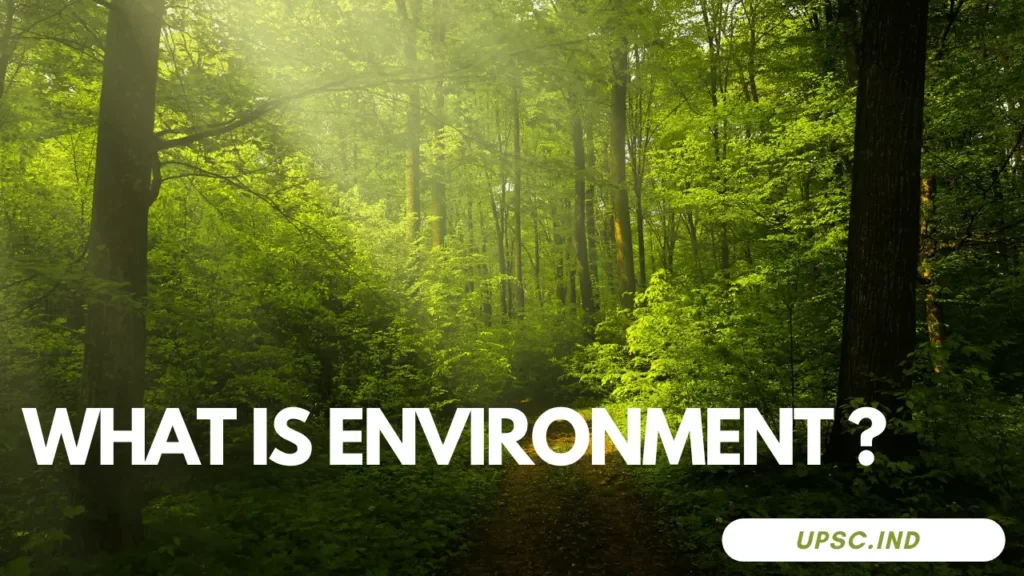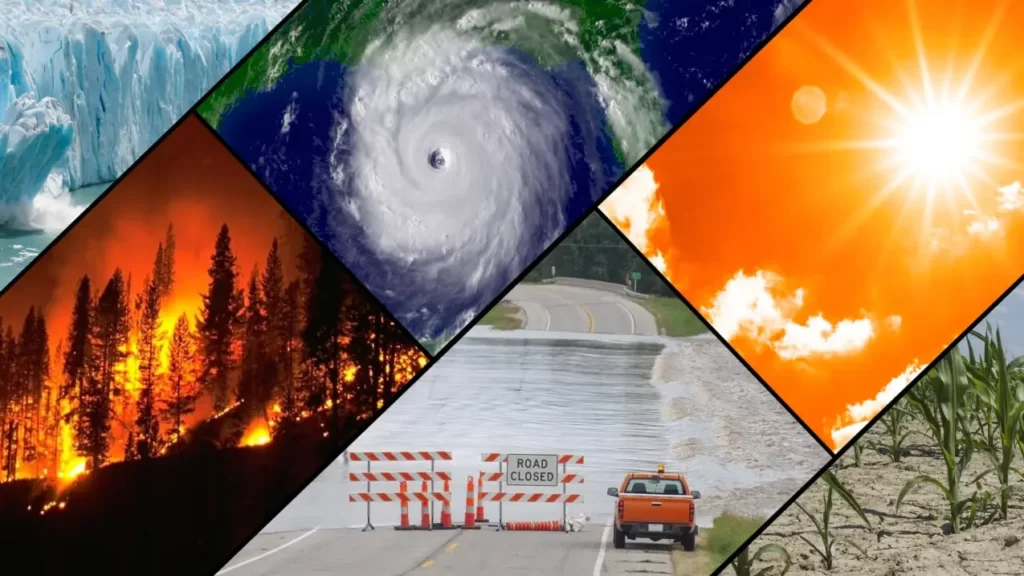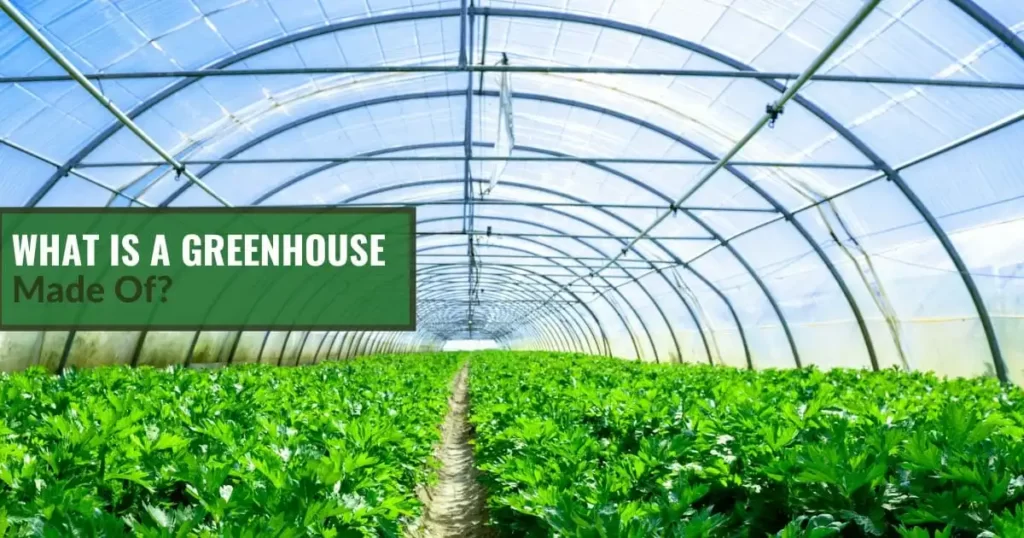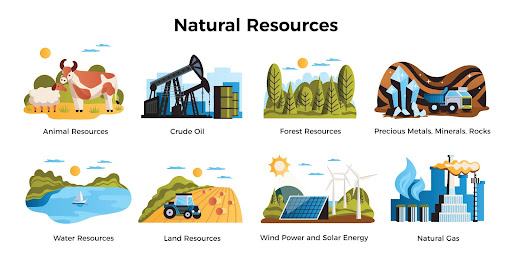
What is Environment
Understanding the Environment: A Comprehensive Overview
The environment is a complex and multifaceted concept that encompasses everything around us. It is a subject of great importance and concern in the modern world due to the numerous environmental issues and challenges we face. In this article, we will delve deep into the concept of the environment, exploring its various aspects, components, and significance. We will also discuss the interplay between humans and their environment and the need for sustainable practices to preserve our planet for future generations.
Defining the Environment
The term “environment” refers to the sum total of all external conditions and influences affecting the life, development, and survival of an organism. In a broader context, it includes the physical, biological, social, and cultural surroundings that shape the way we live and interact with the world.
Components of the Environment
1. Physical Environment
The physical environment comprises the non-living aspects of our surroundings. This includes elements such as air, water, soil, climate, landforms, and natural resources. The physical environment provides the foundation for life on Earth and plays a crucial role in shaping ecosystems and landscapes.
2. Biological Environment
The biological environment encompasses all living organisms and their interactions within a given ecosystem. It includes plants, animals, microorganisms, and the intricate web of relationships that exist among them. Biodiversity, a key component of the biological environment, is essential for the stability and health of ecosystems.
3. Human Environment
The human environment refers to the collective impact of human activities on the world. This encompasses urban and rural areas, infrastructure, industries, and the social, economic, and cultural factors that shape human society. Humans are both a product of their environment and a significant force that shapes it.
4. Cultural Environment
Cultural environment relates to the customs, beliefs, values, traditions, and practices of a particular society. It plays a significant role in influencing human behavior and the way we interact with our surroundings. Culture also affects our perception of the environment and our role in its preservation.
Interactions Between Humans and the Environment
The relationship between humans and their environment is intricate and symbiotic. Humans rely on the environment for resources like food, water, and shelter, and we also impact the environment through our activities. Some of these interactions can have detrimental effects on the environment, such as deforestation, pollution, and overexploitation of resources, while others can be positive, like conservation efforts and sustainable practices.
Environmental Issues and Challenges
1. Climate Change
One of the most pressing global challenges is climate change, driven primarily by human activities such as the burning of fossil fuels and deforestation. Climate change leads to rising global temperatures, sea level rise, extreme weather events, and disruptions in ecosystems.
2. Biodiversity Loss
The loss of biodiversity is another critical concern. Habitat destruction, pollution, overfishing, and invasive species have led to the decline of many species, impacting the stability of ecosystems and the services they provide.
3. Pollution
Various forms of pollution, including air pollution, water pollution, and soil contamination, pose significant threats to human and environmental health. Pollution affects the quality of air, water, and soil, causing harm to both ecosystems and human well-being.
4. Resource Depletion
The unsustainable use of natural resources, such as freshwater, minerals, and forests, is depleting these valuable assets at an alarming rate. Without careful management and conservation, these resources may become scarce.
The Importance of Environmental Conservation
Environmental conservation is paramount to ensuring a sustainable future for the planet and its inhabitants. Conservation efforts involve the protection and preservation of natural habitats, the responsible management of resources, and the reduction of human impact on the environment. Conservation initiatives aim to maintain ecological balance, safeguard biodiversity, and combat the negative consequences of climate change.
Sustainable Practices
Sustainability is a guiding principle for a more harmonious relationship between humans and the environment. Sustainable practices involve responsible consumption, reducing waste, using renewable energy sources, and implementing eco-friendly technologies. These actions promote long-term well-being for both the environment and future generations.
Conclusion
In conclusion, the environment is a multifaceted concept that encompasses the physical, biological, human, and cultural aspects of our surroundings. It is a delicate and interconnected web of elements that sustains life on Earth. Understanding the importance of the environment and the impacts of human activities on it is crucial for addressing the environmental challenges we face. By promoting environmental conservation and sustainable practices, we can strive to preserve our planet for current and future generations, ensuring a healthier and more balanced world.






